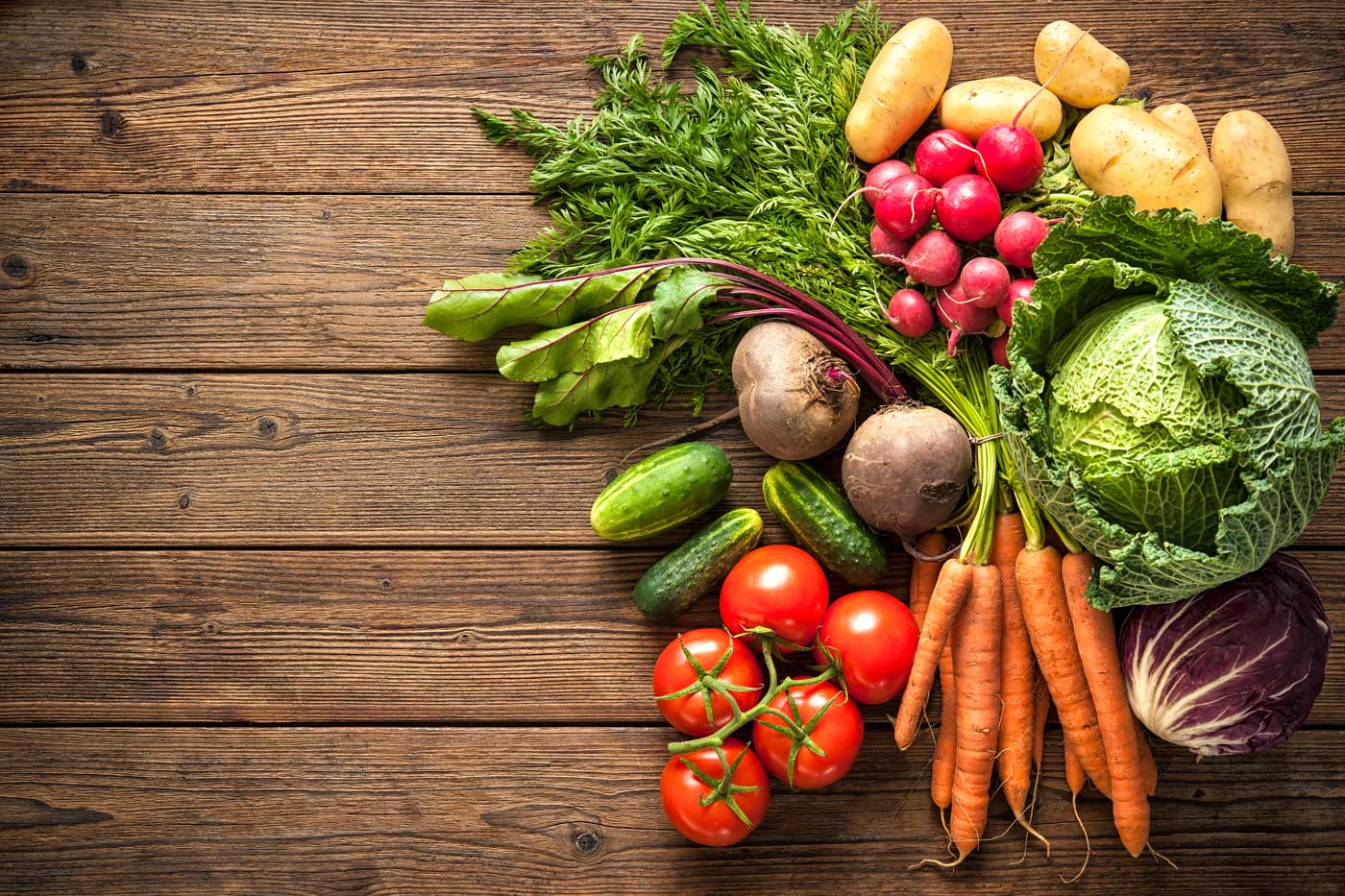Last updated on June 18th, 2019
Does it ever cross your mind that you may not be obtaining all of the nutrients you need for outstanding health and energy from your food? Whether that is due to too many poor food choices, decreasing nutrient levels in the soil – so therefore in our food – or because of digestive system problems or age, getting enough nutrients through diet is becoming more of a challenge for people these days.
It is important to make as many mouthfuls as possible count in supplying your body with the essential substances it needs each day – vitamins, minerals, antioxidants – for example. One way to do this is by choosing more nutrient-dense foods, which provide more nutritional bang for your buck. Rather than focusing on what to avoid, shift your focus to increasing the nutrient density of your meals, and as a result, some of the less-nourishing things often tend to fall away. Here are eight ways you can increase the nutrient density of your diet.
1. Drink your leafy greens
With the increase in special occasions around Christmas time and the often not so nourishing food options, juicing vegies or making smoothies is a wonderful way to amp up your nutrition when you’re in charge. Incorporate some organic leafy greens for an extra boost and some nourishing whole food fats such as avocado, nuts or seeds and you have an easy but nourishing snack.
2. Snack on veggies
One of the goals with a nutrient dense diet is to increase your vegetable intake to at least 5-7 servings daily. Adding a vegetable snack will certainly bring you much closer to this target.Try carrot sticks with hummus, cherry tomatoes with almond butter, or simply a platter of assorted colourful raw veggies such as cabbage, tomatoes, cucumber, and carrots when you need a crunchy snack.
3. Decrease your reliance on filler foods
Bread, pasta, crackers, potato chips are just some examples of foods that many use to ‘fill’ up. They take up a significant proportion of dietary energy but yet don’t give much back nutritionally, particularly from a micronutrient perspective. Instead swap these out for more vegetables such as broccoli or leafy greens or starchy vegetable options such as kumara, pumpkin, carrots, or beetroot. That way you will still get that feeling of fullness the other carbohydrate options offer, but you’re also increasing the phytochemical, vitamin and mineral density of your meal.
4. Top your meals with nuts and seeds
Sprinkle mineral-rich nuts or seeds such as chia seeds, sesame seeds, almonds, cashew, sunflower or pumpkin seeds. They’re easily added to salads, main meals or even sprinkled on top or your breakfast porridge or eggs. Keep a blend on hand in a glass jar so you can easily incorporate them.
5. Eat an additional serving of vegetables with every meal
Incorporate more vegetables by changing the way you plate your meals, build the meal around the vegetables as opposed to the carbohydrate or protein options. Aim for around half your plate to be filled up with vegetable content. If this makes you panic, start by aiming for a quarter of the plate. Options like a simple herby slaw as a side as well as steamed or stir-fried vegetables are a great way to boost the vegetable content of your meal.
6. Change your breakfast
Breakfasts provide another opportunity for nourishment yet far too often we can rely on not so nourishing options such as toast or cereal! Start your day off right with a nutrient boost by adding in a green smoothie, adding leafy greens and avocado to your typical poached eggs and toast, or by making a vegetable packed frittata.
7. Incorporate protein
In today’s world many people struggle with blood glucose regulation, ranging from hypoglycemia to insulin resistance to type 2 diabetes. One of the best ways to maintain stable blood glucose levels is to eat protein with each meal. Depending on your dietary preference this can be fish, meat, poultry and eggs, or vegetarian/vegan sources such as beans or lentils, nuts and seeds.
8. Colour is key
When it comes to nutrient density the more colour you can incorporate the better. For example the beautiful bright purple in purple cabbage comes from anthocyanins whereas the bright red pigment in tomato comes from lycopene – each have their own unique health properties. Some of the most colourful foods have very high levels of antioxidants for example, turmeric, pomegranate, beetroot, spinach, kales and kumara to name a few.









